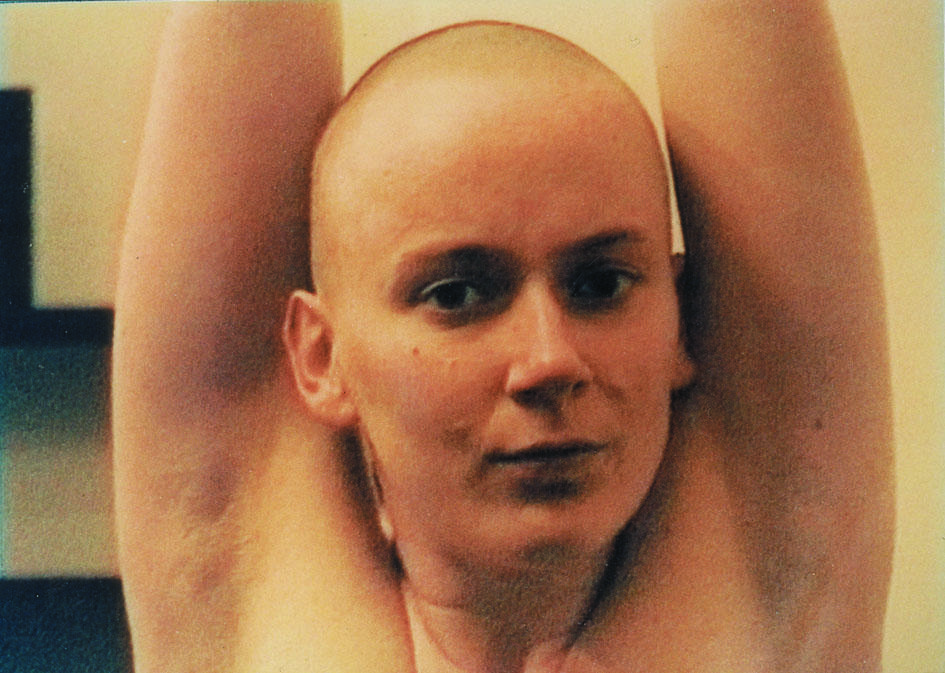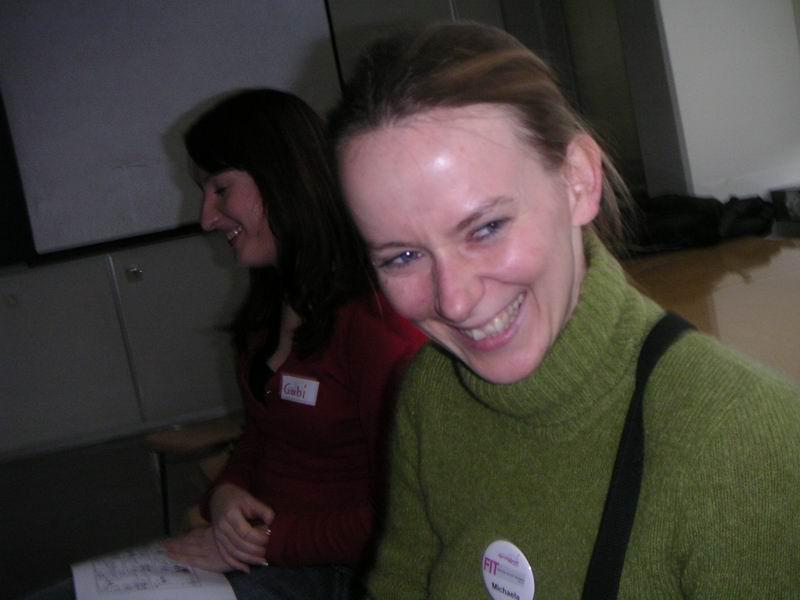The Sleep of Reason
The video shows my face. The camera does not move and there are no cuts.
My eyes gaze into the camera until I faint.
The Sleep of Reason does not document the blows staged in October of 1998.
This was the realization of an image.
As an art historian, I am interested in text production which allows space for bodies. Art history is a discipline which has traditionally bound the writer to disembodied and neutral consideration. It was this framework, with its repressive image of language, which allowed me to understand my body as a borderline between a history of art (my self) and art (my object). The use of my body is part of the text. I consider this strategy an opportunity to go beyond the borders of the discipline, the body and the intellect.
As a video and performance artist, I work both with and at borders. By border I understand a dividing line drawn in our culture between things which are included and excluded, the clearly defined self and "the Other", the intellect and the body. I like borders as places of neither-nor or both-and, as places where seemingly unambiguous positions must be reconsidered.
The Sleep of Reason asks questions. Its subjects include the act of seeing, which strives to be an act of understanding. And a gaze into nothingness which is also a look inside oneŽs self. (Michaela Pöschl)


